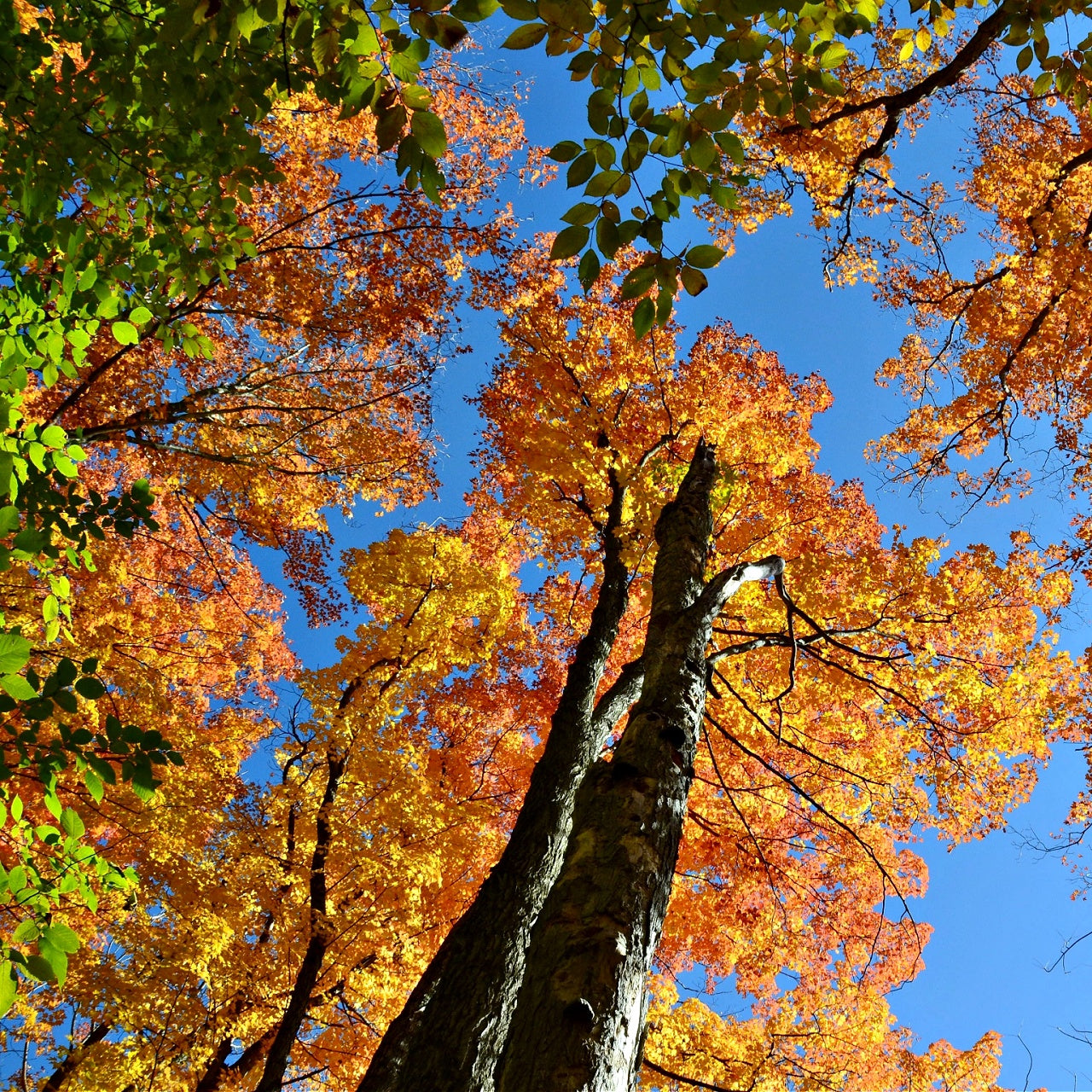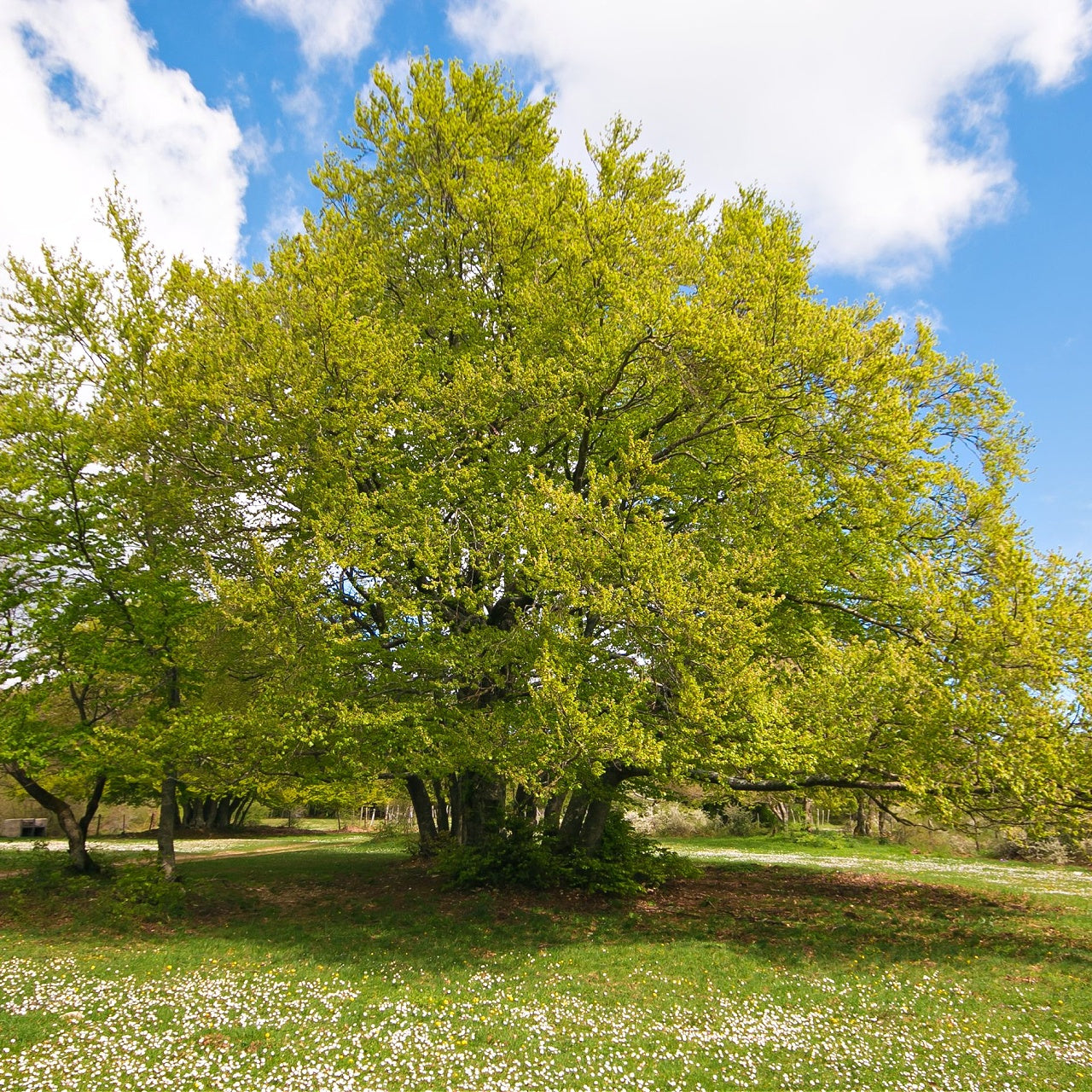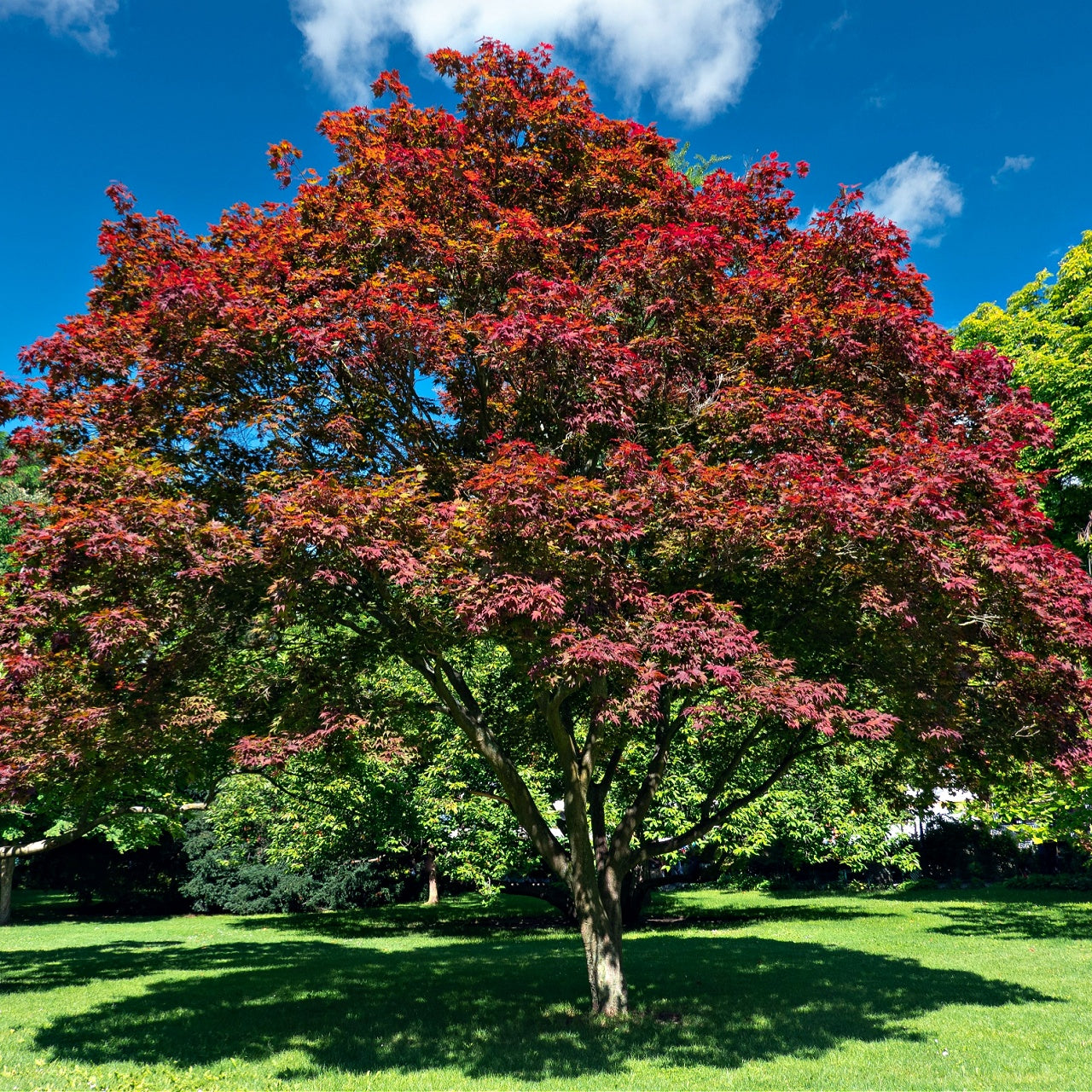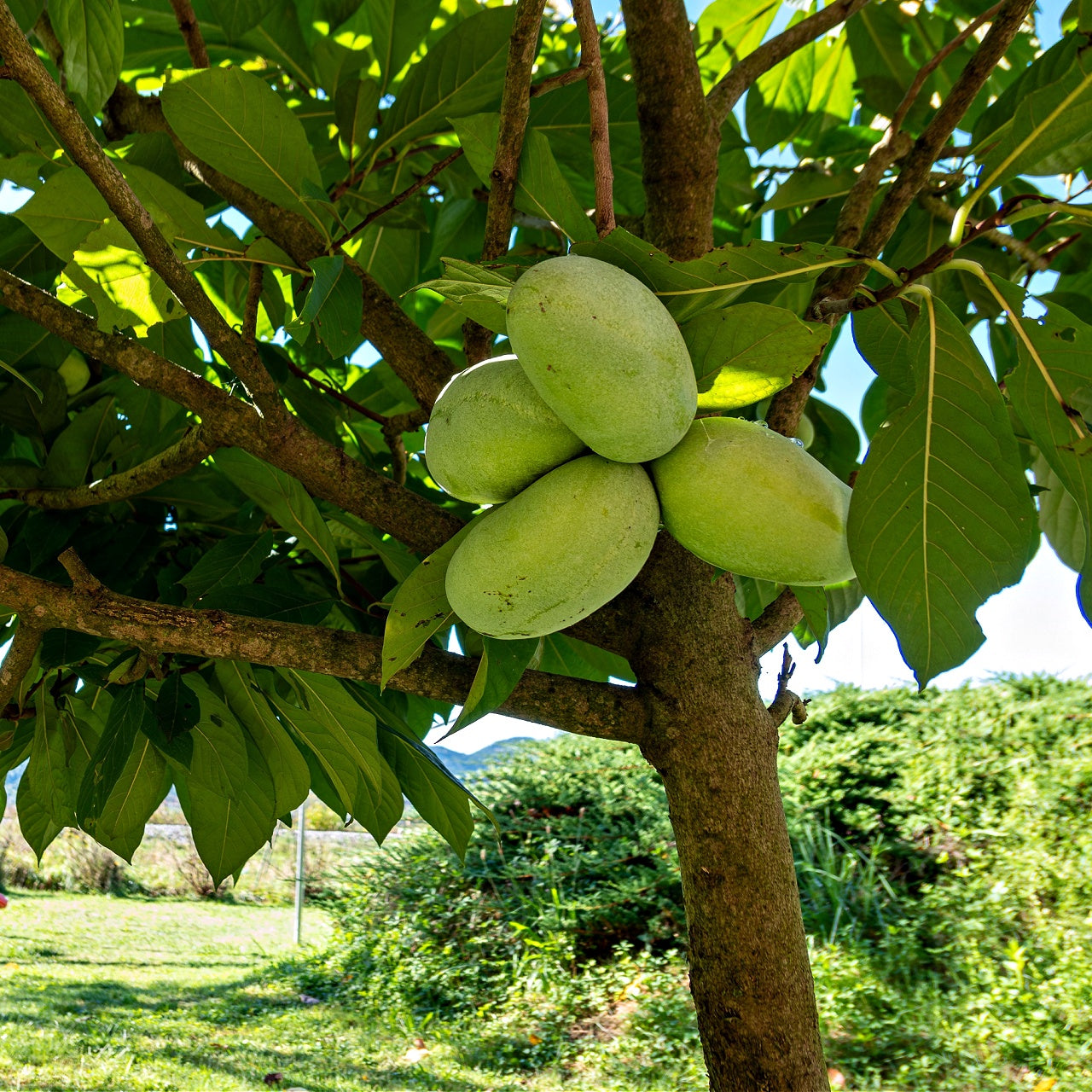
Virginia Creeper A Stunning Native Vine
Virginia Creeper A Stunning Native Vine
The Beauty and Benefits of Virginia Creeper
Native to North America, Virginia Creeper (Parthenocissus quinquefolia) displays rapid growth and vibrant aesthetics. The striking transformation from green foliage in the growing season to red hues in autumn makes Virginia Creeper a preferred choice for gardeners seeking to enhance their landscape visuals. This vine stands out because it requires manageable care, which makes it the perfect native plant to deliver both aesthetic appeal and functional benefits. The vine uses adhesive-tipped tendrils to easily climb structures like walls and fences, creating a natural green covering that turns empty spaces into living wall hangings.
The ability of Virginia Creeper to adapt to different environments stands out as one of its most impressive characteristics. This vine grows successfully across different soil types, including well-drained loam and compacted clay, while tolerating full sun to deep shade conditions. This plant functions well as a solution for areas where other vegetation fails. People commonly mistake Virginia Creeper for poison ivy because of their similar leaf shapes, but Virginia Creeper is not toxic to human skin, while its berries are unsafe for human consumption. Those small blue-black berries nourish wildlife, including cardinals, woodpeckers, and robins.
Virginia Creeper provides significant ecological advantages in addition to its visual appeal. This plant stabilizes soil in its native environment by preventing erosion. The tight growth pattern of this plant makes it perfect for erosion-prone areas because it shields embankments and slopes from washing away during intense rainfall. This plant establishes superior ground coverage, suppressing invasive species while protecting small animals. Planting Virginia Creeper on walls and fences offers natural insulation, which helps maintain cooler indoor temperatures during summer months and warmer ones during winter. Its ability to save energy passively strengthens its attraction as a sustainable landscaping alternative.
Growing and Maintaining Virginia Creeper
Once Virginia Creeper establishes itself, you won't need much maintenance to keep it healthy. Cuttings represent the easiest and fastest method for gardeners to grow Virginia Creeper, along with seeds or transplants. The best time to plant Virginia Creeper is early spring or fall since mild temperatures allow roots to establish before severe weather arrives. The ideal soil conditions include good drainage and moderate moisture levels, yet this vine demonstrates strong adaptability through its ability to withstand drought after its roots are established.
Virginia Creeper requires frequent pruning since its aggressive growth pattern enables it to spread rapidly. The plant does not qualify as invasive, but its expansion velocity enables it to dominate other vegetation unless controlled. Trimming in winter or early spring allows you to shape this plant and stop it from dominating adjacent shrubs and trees. People who grow Virginia Creeper against a building should perform yearly inspections to ensure it doesn't invade gutters or harm wooden structures. This vine maintains its ability to attach itself to surfaces without damaging masonry, which sets it apart from other climbing vines that cause harm.
The vine serves as a superb addition to native plant gardens because it thrives alongside Eastern Redbud (Cercis canadensis), American Beech (Fagus grandifolia), and Witch Hazel (Hamamelis virginiana). A landscape that attracts pollinators becomes more vibrant when planted alongside native perennials such as Goldenrod (Solidago spp.) and Asters (Symphyotrichum spp.). Virginia Creeper becomes an excellent companion when paired with climbing plants such as Trumpet Vine (Campsis radicans) or Passionflower (Passiflora incarnata) because these species attract hummingbirds and butterflies.
Applying mulch around plant bases preserves moisture levels and suppresses weed growth, while periodic organic compost fertilization helps promote strong plant development. Despite its strong resistance to diseases, Virginia Creeper sometimes attracts pests, including aphids or Japanese beetles. The majority of these infestations remain harmless, and their effects can be effectively managed using beneficial insects or mild insecticidal soap. New or experienced gardeners will find this plant perfect because it grows well with minimal maintenance.
The Wildlife Value of Virginia Creeper
The native Virginia Creeper is a vital support system for the local wildlife. Birds find shelter and nesting sites among Virginia Creeper's dense foliage, which remains food through fall and winter with its berries. The Northern Mockingbird, the Eastern Bluebird, and the Cedar Waxwing depend on these berries as a food source when alternative feeding options become limited. The Virginia Creeper plant provides habitat for numerous insects, including moth species like the Virginia Creeper Sphinx (Darapsa myron), which consumes its foliage as larvae.
The existence of this plant in gardens or naturalized environments enhances biodiversity by attracting pollinators and beneficial insects. The plant's small greenish flowers attract bees and butterflies as well as some beetle species despite lacking the flamboyant appearance of other plants. However, they perform essential ecological roles. The foliage of Virginia Creeper transforms into brilliant crimson shades when seasons change, producing a stunning display that matches traditional autumn foliage colors.
Property owners wishing to develop wildlife-supportive habitats should integrate Virginia Creeper with native plants as a beneficial approach. White Oak (Quercus alba), Black Cherry (Prunus serotina), and Red Maple (Acer rubrum) function as habitats and food sources, while American Beautyberry (Callicarpa americana) and Spicebush (Lindera benzoin) expand the range of available resources. Gardeners cultivating multiple native species can establish sustainable landscapes that sustain local ecosystems while lessening their dependence on synthetic pesticides and fertilizers.
The adaptability of Virginia Creeper to multiple environments combined with its minimal care requirements and ecological advantages creates a significant benefit for landscape inclusion. This versatile plant functions as ground cover and climbing vine or seasonal focal point to develop wild beauty alongside environmental sustainability benefits. This plant is an ideal alternative for people who want to replace non-native ornamental vines because it combines environmental benefits with strong visual appeal.
Products from the Article
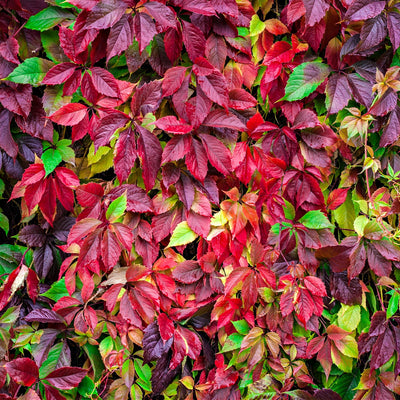
Virginia Creeper
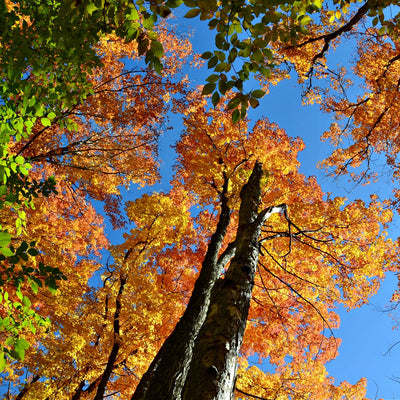
American Beech Seedlings




